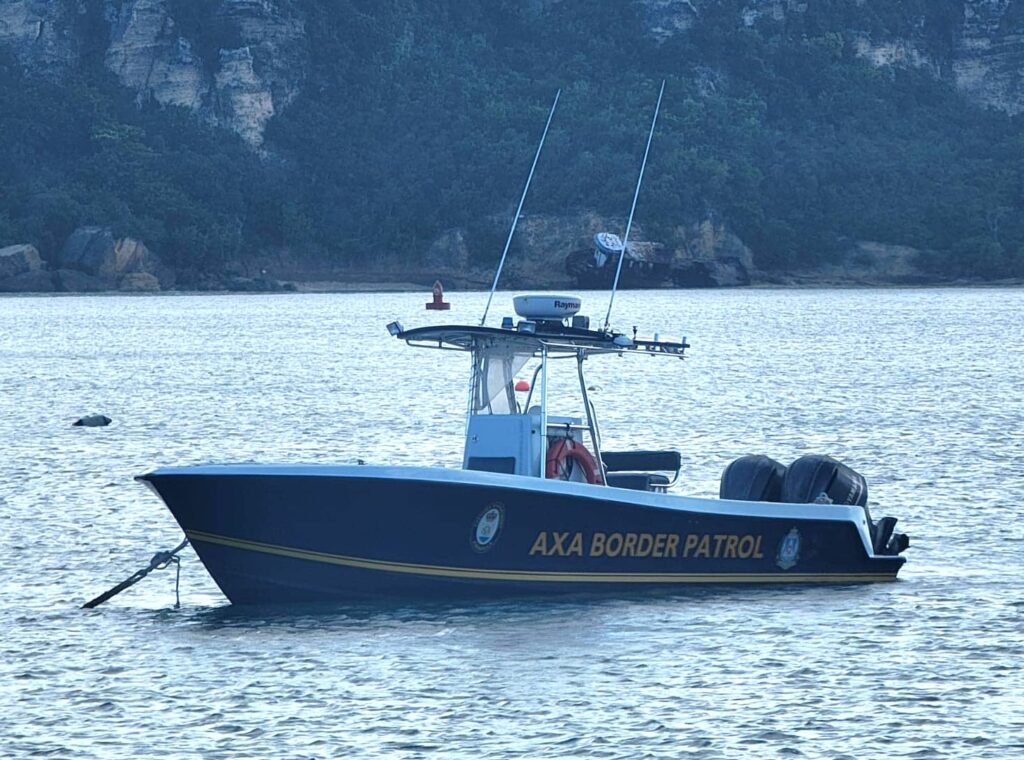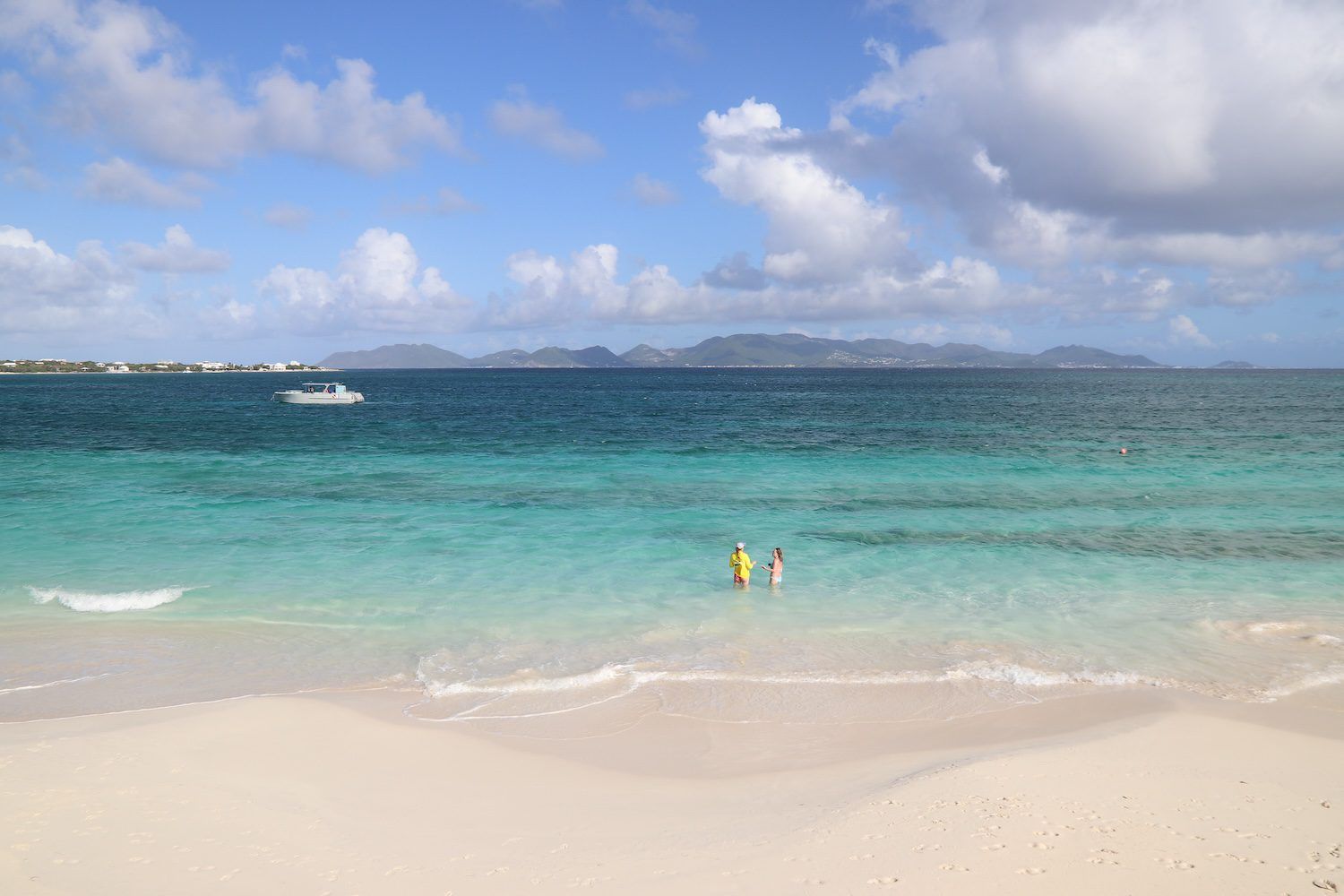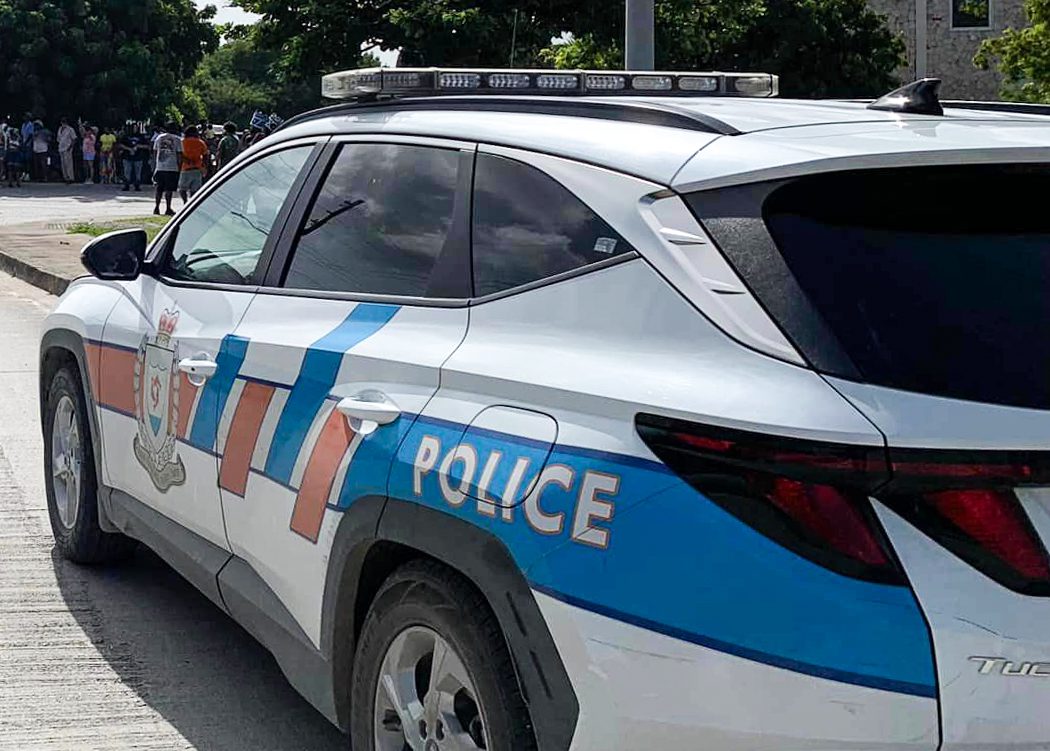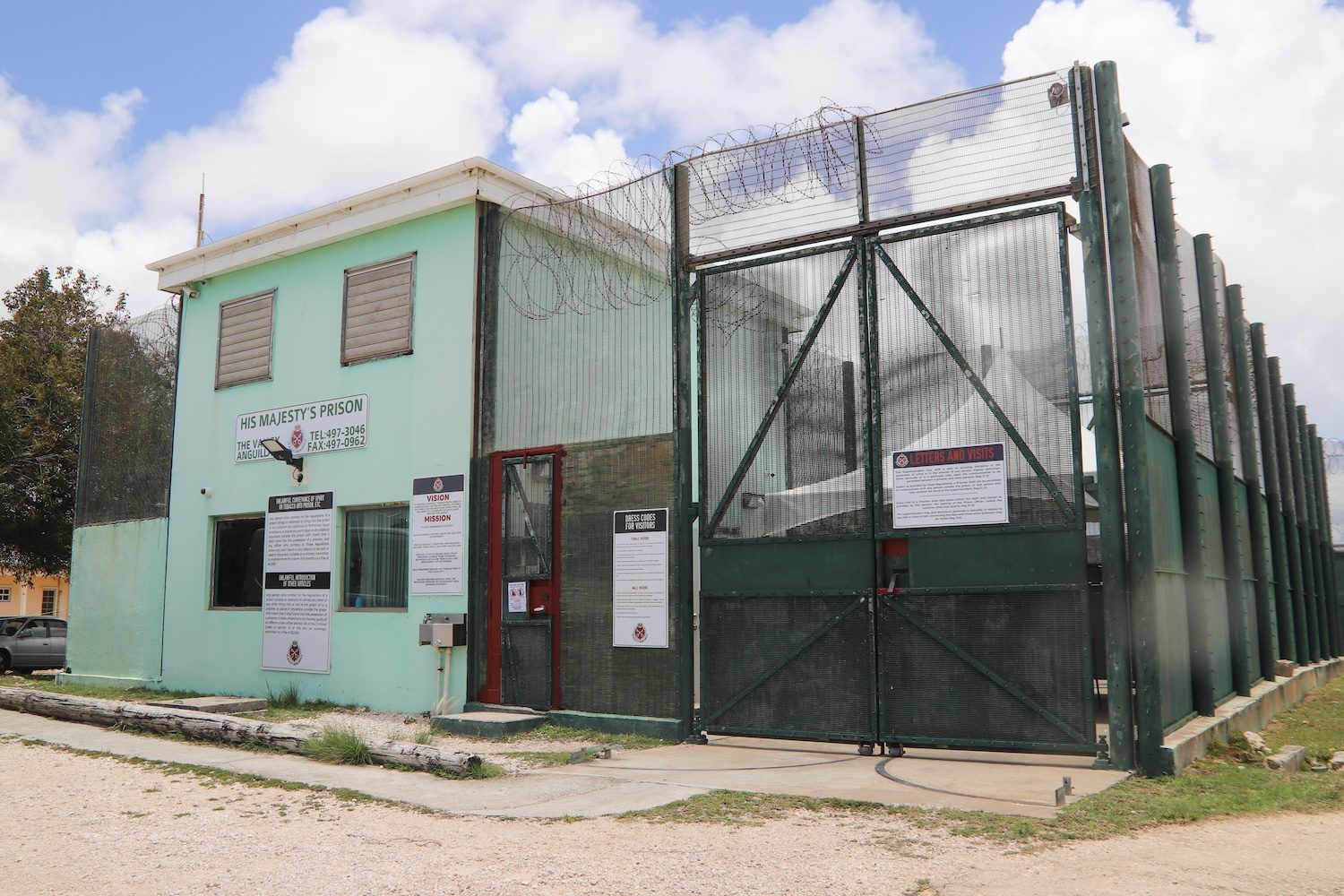Anguilla’s border security is set for a major upgrade this year with plans underway for a new coastal surveillance system and two additional police vessels.
Both projects have been announced through official channels, however, key details – such as timelines, implementation and operational specifics – have yet to be made public.
The Governor’s Office first revealed in April that the UK’s Foreign, Commonwealth and Development Office (FCDO) would be funding a new coastal surveillance system.
In a Facebook post, the office said that the system would be delivered by the Joint Maritime Security Centre – the UK government’s centre of excellence for maritime security.
That month, Governor Julia Crouch met with Ian Clarke, director of business development and client relations at Sirius Insight – a global innovator in maritime data and analysis.
Better maritime awareness
During his visit, Clarke was “assessing requirements” for the new system on behalf of the FCDO and met with key stakeholders, the post said.
These included the Royal Anguilla Police Force, Department of Lands and Surveys, Anguilla Fire and Rescue Service, the Joint Emergency Services Control Room, and the Anguilla Air and Sea Ports Authority.
The Governor’s Office post did not provide specific details but said the new system would increase Anguilla’s maritime domain awareness.
It will help to strengthen safety and security at sea, enabling proactive and timely national and regional coordination, it added.
A Governor’s Office spokesperson told Anguilla Focus this week that the assessment is complete and “the implementation stage is moving forward”, adding they hope the system will be operational by August.
Better response
In May, during a press conference on security in Anguilla, Commissioner of Police Robert Clark confirmed that the UK government would be funding the coastal monitoring system.
He said he understood that it “should be installed later this year that will give a very clear picture of who is using our waters”.
“It should give us the ability to identify vessels which are not properly electronically identifiable,” he added.
“It should give us the ability to look at patterns and places, and that then should give us the ability to plan operations to intercept persons illegally coming into our waters.”
He said the system will be linked to the Joint Emergency Services Control Room, along with a potential islandwide CCTV system planned for later this year.
“That will allow us, as a force, along with our partners, to better respond and more timely to incidents which are coming up,” the police chief said.
Donated police boats
The police commissioner went on to say that the Marine Unit within the Royal Anguilla Police Force was reestablished last year.
However, a few weeks before the press conference, the unit’s boat was damaged when it broke its moorings at Sandy Ground and went onto a reef, Clark said.
He explained that it was “currently in the process of being repaired”.

“However, I am seeking some assistance from a close overseas territory neighbour to see if they can supply us with an alternative in the meantime, to get us back properly onto the water,” he added.
The Executive Council meeting minutes from 5 June – published on 17 June – said the government of the British Virgin Islands was donating two boats to Anguilla’s Marine Unit.
Anguilla Focus requested further details from the Governor’s Office on 24 June. After a second request on 7 July, a spokesperson said they are awaiting a response from the BVI government.




